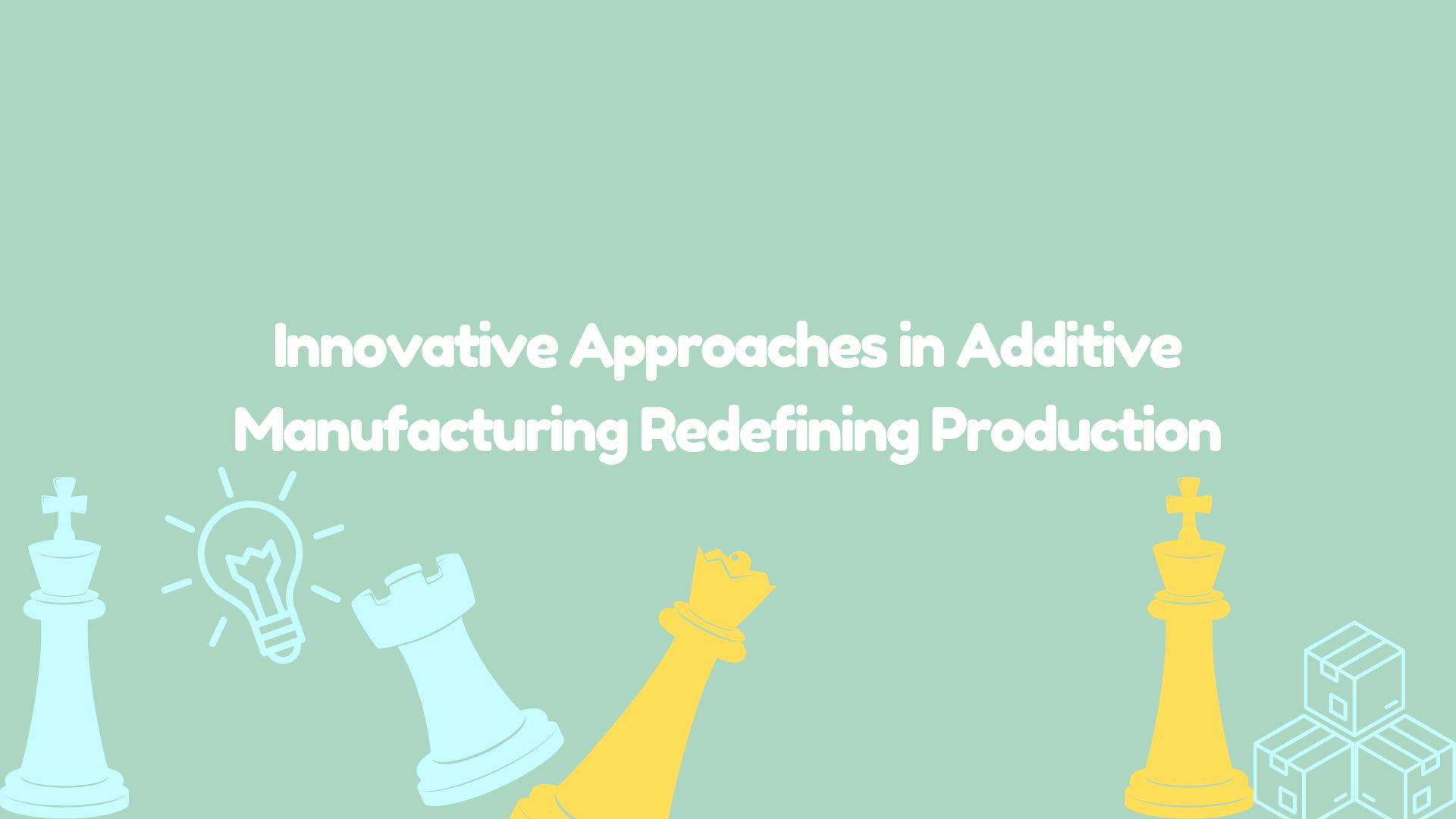Additive manufacturing, commonly known as 3D printing, is revolutionizing the manufacturing industry. This innovative technology allows for the creation of complex and precise components by adding material layer by layer, offering unprecedented design flexibility and efficiency.
The Rise of Additive Manufacturing
Additive manufacturing has rapidly evolved from a prototyping tool to a viable method for producing end-use parts. Its applications span across various industries, including aerospace, automotive, healthcare, and consumer goods. The ability to create intricate geometries, reduce material waste, and shorten production times makes additive manufacturing an attractive option for manufacturers seeking to enhance their operations.
Benefits of Additive Manufacturing
- Design Freedom: Traditional manufacturing methods often impose design constraints. Additive manufacturing enables the creation of complex shapes and internal structures that would be impossible or cost-prohibitive to produce using conventional techniques.
- Reduced Waste: By adding material only where needed, additive manufacturing minimizes waste compared to subtractive processes, such as machining. This not only lowers material costs but also contributes to more sustainable manufacturing practices.
- Faster Production: Additive manufacturing can significantly reduce lead times by eliminating the need for complex tooling and molds. This allows for rapid prototyping and quicker iteration cycles, accelerating the product development process.
- Customization: The ability to produce customized parts on demand is a significant advantage of additive manufacturing. This is particularly beneficial in industries like healthcare, where personalized medical devices and implants can be tailored to individual patients’ needs.
Challenges and Future Outlook
Despite its numerous advantages, additive manufacturing also faces challenges. Material limitations, production speed, and the need for post-processing are areas that require ongoing improvement. However, advancements in technology and increasing adoption by major industries are driving the evolution of additive manufacturing.
The future of additive manufacturing looks promising, with ongoing research and development aimed at expanding material options, enhancing printing speeds, and improving overall process efficiency. As the technology continues to mature, it is poised to play a crucial role in the future of manufacturing, enabling more innovative, efficient, and sustainable production methods.









